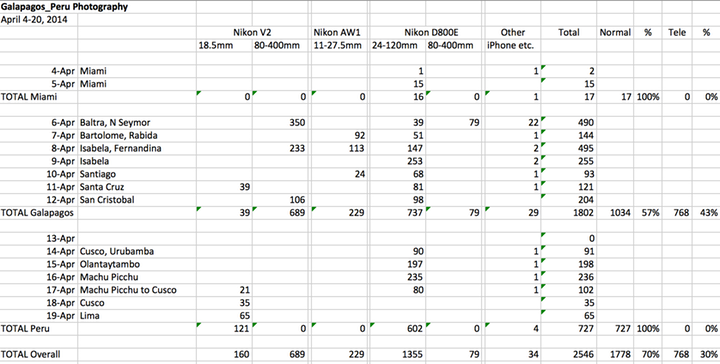National Geographic 125 years Expedition.
From February 24 until March 21 2013, Carol and I will be taking a trip with National Geographic. We will be going to a variety of destinations around the globe, traveliing by private jet. This kind of Expedition presents a perfect opportunity for photographing the World's most interesting places, people and events and I have been agonizing over what equipment to take in order to cover all bases and opportunities, with the highest quality possible. By necessity, the amount of luggage we can take is limited so care must be taken in choosing equipment. You can't take it all!.
The trip itinerary is described in the following link. http://www.altalanephotography.com/125_years/ (username mikeramsay, password, carol) and consists of the following destinations:
London, England
Muscat, Oman
Nepal and Bhutan
Palau
Laos
Maldives
Botswana
Rwanda
Barcelona
This is quite a variety and offers a number of photography opportunities.
In particular, I have a number of "projects" which I'm particularly interested in doing:
Time lapse photography, especially night scenes
First go at movies, normal, fast, slow
Photograph the milky way (plus time lapse)
Wild life photography, on safari
Underwater photography
Primary Equipment:
Nikon D800E
Nikon 24-70mm f/2.8
Nikon 14-24mm f/2.8
Nikon 70-200mm f/4 (not the f/2.8 because it's too heavy and not much better)
Nikon 50mm f/1.8
Nikon 2X Teleconverter
Nikon SB900 Speedlight

This is all stuffed into a ThinkTank Shapeshifter backpack as shown above ( I actually packed the teleconverter separately). I have used this backpack on a previous trip and it works well. Once you stuff in a laptop it can get quite heavy to carry around but it stays quite flat which is handy for limited overhead luggage space on small airplanes. I'm thinking this is about as good as it gets for general photography.
Secondary Equipment:
This might seem strange but my secondary camera is the Nikon V2. Based on my experience with the V2/70-200mm f/4, I feel this is the best combination for "long-reach" wildlife photography, bar none. It's relatively lightweight, good picture quality and can shoot at 15fps. To achieve the same reach with the D800E, I'd need a 400mm lens! So the equipment list is:
Nikon 1 V2
FT-1 lense adapter
In addition, in case I need it, I have also included:
18mm f/1.8
SB-N5 Flash
GP-N100 GPS
ML-L3 Remote control
Over-the-shoulder carrying strap that screws into the base of the FT-1
Backup Equipment:
Since I'm committed to the V2 for wildlife photography, I'm also taking my old Nikon V1 as a backup. A feature of the V1, that is not available on the V2, is a intervalometer. So, If needed, I can use the V1 for time-lapse photography. I'm taking a tripod bracket for the V1.
I'm also taking the SONY RX-100 for casual point and shoot photography. Plus, I bought an underwater housing for this camera which will make it my choice when we go to Palau.
Ikelite IK6116.106116.10 Compact Digital Underwater Housing for Sony Cyber-shot RX100

Other equipment:
Benro tripod with quick release brackets for the D800E, Nikon V1 and a generic bracket
Solmeta GPS units for the D800E
Phottix wireless remote for the D800E
Rechargers and USB cables for all cameras
Filters - polarizer, Variable ND filters
Power and Storage.
Yes, I need a lot!
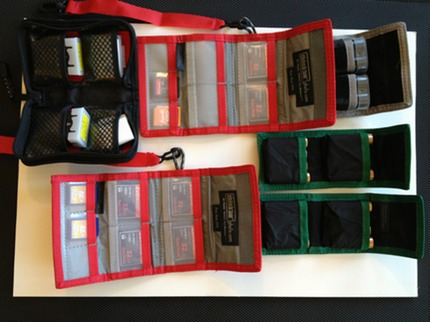
There will be times when there's no power (Botswana, Rwanda) for 3-4 days so I wanted to make sure I had enough batteries to deal with this situation. Here's the list.
3 X EN-EL15 for D800E & V1
2 X EN-EL21 For V2
2 X batteries for the SONY RX-100
Battery grip for D800E with AA cradle + 16 AA batteries.
Storage.
OK, here's where it gets complicated. I'm expecting to take around 5,000 images plus video, plus time-lapse sequences. The D800E claims (conservatively) 400 images per 32GB card. So 5,000 images alone requires 13 cards if I don't want to re-use them. This is a total of approx. 400GB of storage. Overall, with video and time-lapses included, I'm estimating needing at least 500GB of backup storage for everything. To make sure I can always have two copies of everything, I have the following backup storage:
2 X la Cie 500GB USB-3 portable drives.
PLus.
7 X 32GB CF cards for the D800E
5 X 32GB SD cards for all cameras
I also have the following (emergency) storage.
Mike's iPad - approx. 32GB
Carol's iPad - approx. 32GB
Mike's iPhone - approx. 44GB
I included the iPad usb and SD card adapters
Storage Workflow.
I need to try this out but I'm thinking that I should do the following.
Before going "off the grid" make sure everything is already backed up and all batteries are full charged, including laptop, iPad, iPhone, gps, flash, etc. Also, if you are up-loading pictures to a website, get all this done while you still have access to power.
For the D800E, insert both SD and CF cards. Use the CF card as primary storage, SD card as backup. This way if anything goes wrong with a card, I'm already backed-up. Use up the cards but download to the La Cie disks as soon as practical. Download to both disks simultaneously. Alternatively, download to one disk and also to the laptop to create two copies. I'm tempted to do the latter but it could get messy if the laptop runs out of storage. On the other hand, I'll be editing pictures and don't necessarily want to connect an external drive so I can do this. Once downloaded, store the cards (don't reformat yet) and use new ones until I run out. Then re-format the cards and use over again. Using this method gives a certain amount of "triple-redundancy" by keeping pictures on the cards for as long as possible. In doing the backup, remember that the laptop could run out of batteries so use sparingly for other things until you can plug it into a power outlet. If the worst comes to the worst, recycle used CF and SD cards (for the D800E) or start using iPads and iPhone for storage (for the V1/2 & RX-100).
NGS 125 Years Expedition Post-mortem.
Here are my notes following the trip.
1. Massively over-estimated the storage requirements.
Since I was shooting with several different cameras the average file size was much smaller than I had estimated. Further, I took just over 3000 pictures versus the 5000 I had estimated. Here's the breakdown of the pictures and storage:
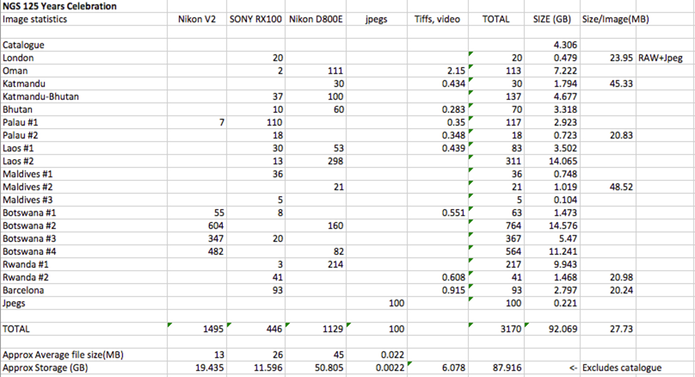
Actual versus estimate:
3170 pictures versus 5000
27.73MB/picture (average) versus 80MB/picture (400 images on a 32GB card)
92GB backup storage versus 500GB
2. Things that worked well.
The most pictures I took with a single camera were with the Nikon V2, almost exclusively with the 70-200mm f/4 lens (FT-1). I took almost 1500 pictures with this combination. This was a great combination for the African safari part of the trip for the following reasons:
- Small size, lightweight, easy to carry with the shoulder strap
- Fast autofocus despite center-only (which was never a problem)
- Fast lens (f/4) allowed for fast shutter and low ISO (my standard setting was manual 1/1000sec, f/4-8, auto ISO)
- long reach given the 2.7X multiplication factor (520mm equiv)
- Fast continuous shooting (15pfs), although this could result in many, identical pictures.
- Silent shooting, if needed.
- Effective VR
It's hard to imagine a better combination for wild life photography so laong as they aren't moving fast.



The next thing that went well was using the D800E with the 24-70mm lens. I took 1129 pictures with the D800E, mostly with this combination. This is a serious, bulky combination so I used it for situations where I wanted the best picture quality as well as situations where the light was low and I needed high ISO with low noise. I also used the D800E with the 70-200mm as a mid-range zoom when photographing the gorillas in Rwanda.
- Best picture quality and resolution, bar none
- Fast lens (f/2.8) for low light situations and also for shallow DOF
- Convenient zoom range for everything from portraits to landscapes
- Dynamic range is so high, HDR is not necessary
The downside was:
- Bulky and heavy
- Slow Ch frames/sec (4)
- Tends to under-expose with a polarizer fitted

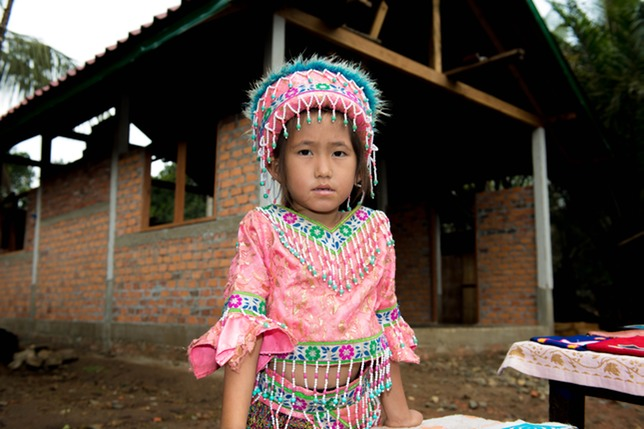

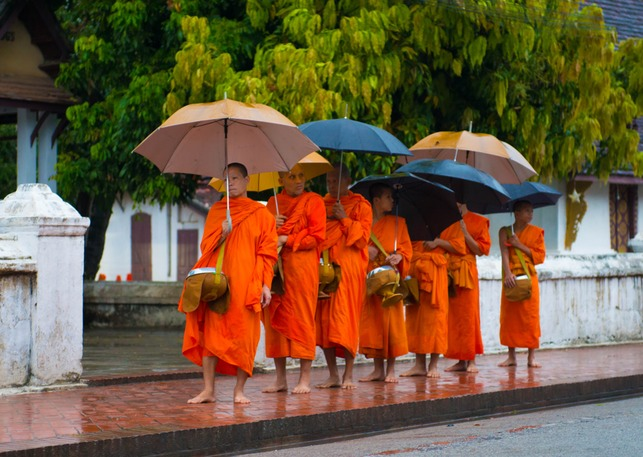
The SONY DSC-RX100 was a great camera when used with the underwater housing. I had never done this before so it was a learning experience. I used it in Palau at the Jellyfish lake and also for snorkeling in the ocean. Not knowing what the best setting was, I set the camera to auto and let it do its thing. This worked, mostly, but the shutter speed was generally around1/100 or less which meant that fast moving fish were blurred. Next time, I'll set the camera to shutter priority (and auto ISO).

In general, the RX100 was very useful. Carol used it quite a bit and it was handy for situations where I didn't want to lug the D800E around. I never really considered using the V2 for this. I think the RX100 has slightly better picture quality and low noise performance than the V2 but doesn't have the interchangeable lens benefit.
The final highlight was taking a picture of the Milky Way. I did this in Botswana / Kalahari, on the deck of the hotel. It was about 7:30pm and you could see the Milky Way clearly.

The D800E settings were Nikon 14-24mm@24mm, shutter-30sec, f/2.8, ISO3200. I mounted the camera on the (flimsy) Benro tripod, used wireless release and M-up.
I wasn't exactly happy with the outcome for a number of reasons:
- I used liveview but could not see anything since it was so dark (I must find out if there's a liveview setting which matches the exposure). So, I used the optical viewfinder, set the focus to infinity and bracketed it +/- in the hope I would get a good shot, in focus. I got 1 out of 6.
- I tried to capture a foreground for context and shone my flash-light to illuminate the foreground. Since I could not see exactly what I was shooting, I got the framing wrong and missed the foreground.
Nevertheless, I did it!
Notes on Worflow.
Since I didn't need so much storage, I was able to use only one backup disk. I essentially had three copies at any point in time:
- On the camera CF/SD cards
- On the MacBook Pro
- On the La Cie backup disk
I never ran out of memory cards so I never had to re-format.
I maintained a separate Lightroom catalog which was located inside the photos folder. That way, when I backed up, the catalog would be backed up also. I used chronosync to backup from the laptop to the backup disk.
What didn't work so well.
1. Too many accessories. Because I over-estimated the storage requirements, I carried too many disks & memory cards.
- Never used the second backup disk
- Never used the battery grip for the D800E
- Never used the GPS accessories. - Don't know why, just forgot or was lazy. Pity
- Rarely used the flash on the D800E, or any other camera for that matter.
- Never needed the Nikon V1
- Never did a time lapse. Never had the opportunity. Pity
- Never used the 50mm f/1.8 and never used the 2X Teleconverter. I think I also had an 85mm which i didn't use.
- Never used the color calibration target or gray card. I should have.
- Never used the Vari-ND filters
- Did use the polarizer on the D800E but the camera consistently under-exposed. I need to investigate this further.
National Geogrphic - Lindblad Expedition to the Galapgos Islands and Peru.
From April 4 to April 20, 2014, Carol and I took yet another trip with NG, this time to the Galapagos Islands and to Peru, including Machu Picchu. See my web site for all the information- http://www.altalanephotography.com/galapagos_peru/
Username: mikeramsay
Password: carol
This trip required a diverse set of equipment, with restrictions on weight and volume of luggage. I knew I needed a long reach zoom on the Galapagos so the trusted V2 + FT-1 + long telephoto lens seemed a natural. I purchased the Nikon 80-400mm f/3.5-5.6G lens for the purpose thinking it would be more flexible than the 70-200mm f/4, despite being larger and heavier (and expensive). I felt I could also use it with the D800E to good effect if needed (which I did). I also knew there would be plenty of “normal” photography opportunities and chose the 24-120mm f/4 lens for the D800E as a more compact and versatile alternative to the bulky 24-70mm f/2.8. I also purchased a Nikon 1 AW-1 for underwater photography since it was compatible with the V2 and could be used as a backup.
Instead of carrying extra storage disks, I opted for backing up to my iPad mini which had about 90GB of extra spce. This seemed adequate, which it was. I took a MacBook Air for primary storage and editing. I also took as many extra storage cards as possibe and extra batteries plus the usual tripod, remote triggers, filters, etc.
I managed to fit everthing into a small ThinkTank backpack (Street Walker) plus and extra ThinkTank accessory holder (Cable Management 50).
I’ll get into detail but, overall, here are my impressions.
1. The V2 + FT-1 + 80-400mm is an impressive and flexible combination. There are limitations which can negatively impact picture quality which I'll get into, and it’s a bit bulky. But, overall, it’s about as good as it gets for long telephoto work with the V2. The focal length equivalent is 220mm - 1080mm on the V2. It’s not as fast as I’d like but it would be unreasonable to achieve this kind of reach on a D800. However, this lens works well on the D800E as a medium telephoto.
2. The 24-120mm is a good lens for the D800E although not as good as the 24-70mm. I used this combination at least 50% of the time on the Galapagos since the animals are so close.
3. The V2 plus the 18.5mm lens (50mm equiv) was great for more casual picture taking. I was positively surprised by the low-light performance.
4. The AW-1 worked great for underwater photography. Picture quality wasn’t great (probably pilot error). Plus, cleaning the camera after a swim was a pain. But overall a good solution
5. The D800E excelled. Best was the DR which allowed me to post process badly over-DR’s images into something presentable.
6. I used flash only once or twice
Here’s the breakdown of useage (#images):
